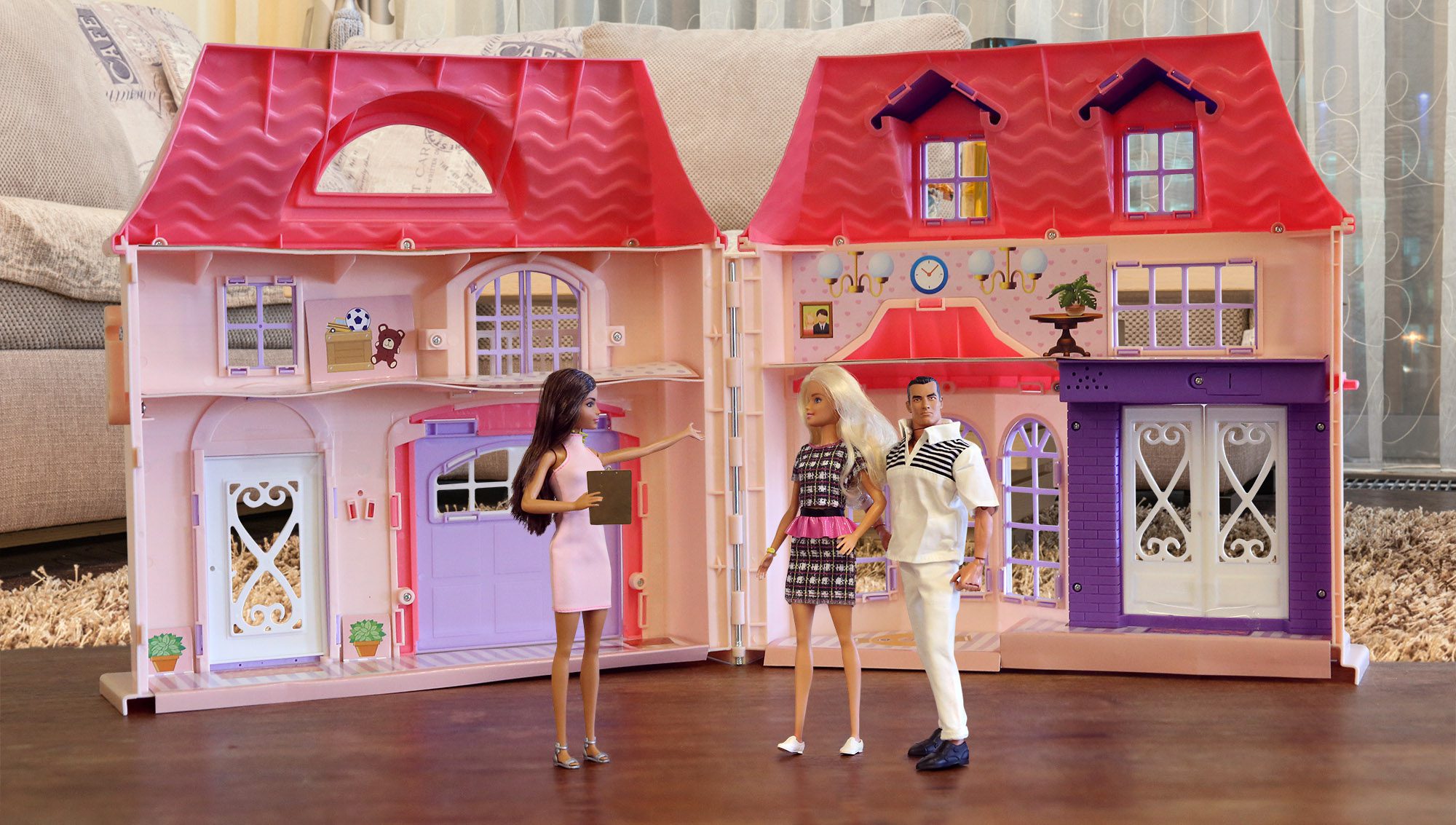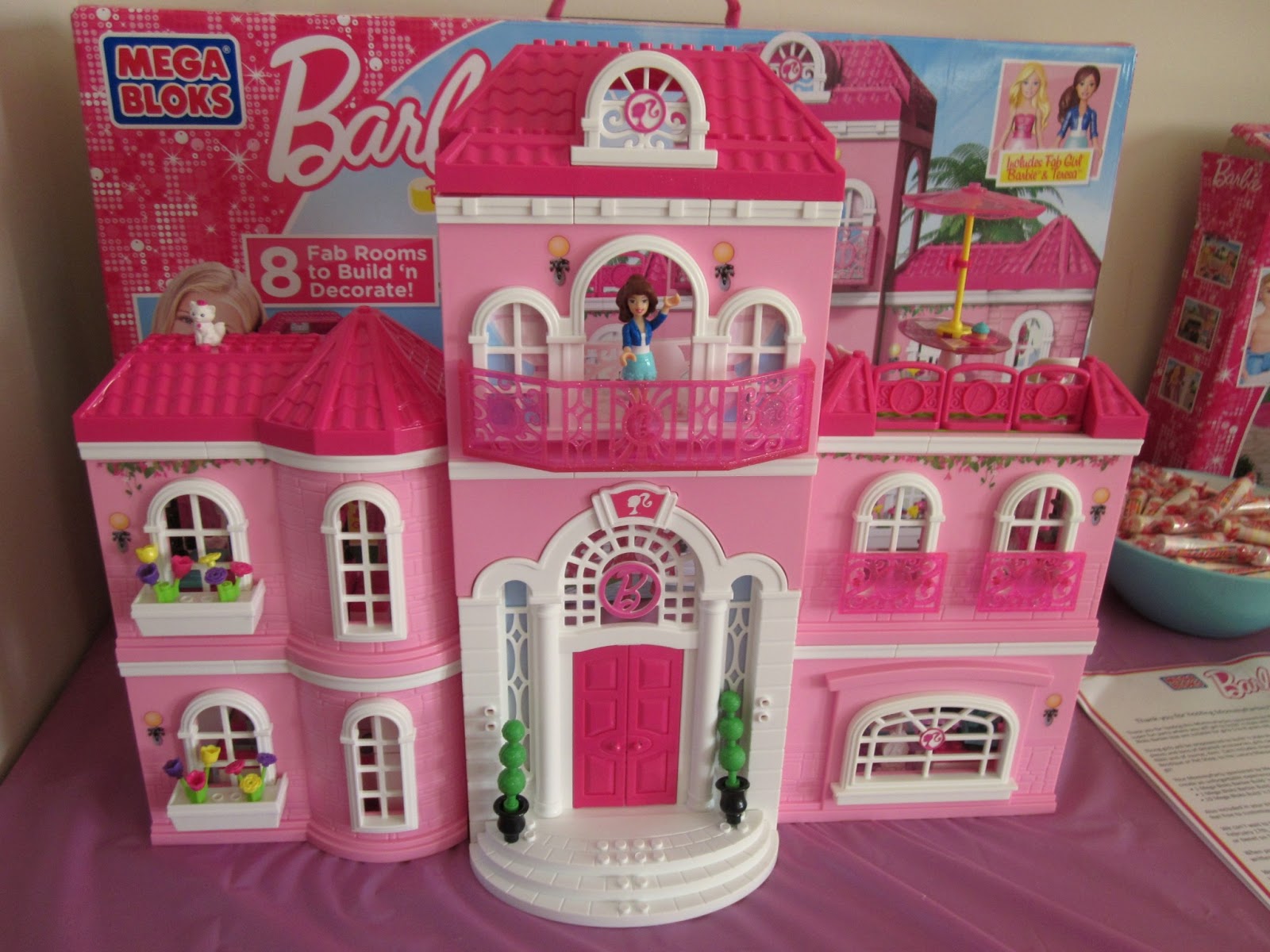Table Of Content

While the 1979 iteration may not have all the bells and whistles of the more recent models—and, of course, that primarily pink palette—designer Candace Shure admits it's her personal dream house. "I’m a huge fan of its louvered windows, lattice front doors, and cheery yellow accents," she shares. "The Barbie dreamhouse was the first time I encountered the idea of home as an extension of a fashionable, charismatic, dynamic woman," shares San Francisco-based designer Emilie Munroe. "It inspired the notion of domestic life emulating personal energy and style, which is a mantra I support to this day."
A Dream Of A Decade: The 90s Barbie Dream House
Having the freedom to choose which Barbie dolls to bring into the Dream House allowed children to express their creativity and personalize their playtime. It also meant that the Dream House could be enjoyed by collectors who already had a collection of Barbie dolls to populate the playset. Carolina A. Miranda is a former Los Angeles Times columnist who focused on art and design, with regular forays into other areas of culture, including performance, books and digital life. What’s intriguing to me are the ways in which the Barbie Dreamhouse has evolved — growing increasingly fantastical over the decades. On this particular Wednesday, the crowd was diverse — much like Barbie nowadays.
Barbies, your dream house is rolling into Salt Lake City on April 27

It sold again in 2015 and now sports a standard exterior of white and blue. "It has that aesthetic of a universally usable space where you can host a lot of friends or produce content," Burrichter said. "There's a real emphasis on fun, and if you see what is being produced in architecture now, I think there are a lot of parallels." Up until the late 1970s, both Barbie's homes and pop culture in general were very much in line with the architectural discourse of the time. Toymaker Mattel and architecture magazine Pin-Up have released a book celebrating Barbie's Dreamhouse to mark its 60th anniversary. Here, the editors pick six emblematic examples that show how the dollhouse has evolved.
THE EXPERIENCE
The home was still very much influenced by the mid-century modern style that came before it. For example, the home features slouchy seating resembling Michel Ducaroy’s Togo Sofa for Ligne Roset. Additionally, the sleek mirrored coffee tables and a duplicate of the Eames chair for Herman Miller. The entire home is a testament to “modularity” and prefabricated interchangeable components.
"Barbie You Can Be Anything" has been one of Mattel's big collections in recent years so many of the interactive experiences played into that. My daughter left wanting to be an astronaut, musician and scientist. While I certainly had some flashbacks from childhood, it was pretty special to watch my daughter live out her current dream. Next, we moved into a room with a big Barbie camper and watching the joy on my little girl's face certainly brought out all the feels. She made herself right at home — as she should since we play Barbie hours upon hours every week.
Between the wheelchair-accessible elevator and integrated light and sounds, this Dreamhouse is equal parts inclusive and innovative. There's also a spare room on the top floor, which can be reimagined into a home office, gym, slumber party room for Barbie's friends, or even an in-law apartment for Ken's parents. (Plus, a pet slide and elevator makes this place suitable for those furry friends.) And, on the design front, the open-air structure and slanted pink roofs look a lot like Airbnb's real-life Dreamhouse... Toward the end of the 20th century—more specifically, the '80s and '90s—Mattel began to produce dream houses that resemble the plastic pads we know and love today. (And, in true Barbie fashion, her digs boasted a range of pink hues.) While Shure says these decades were not known for their design, she finds herself drawn to this Dreamhouse era.
Barbie Historian Breaks Down The Dreamhouse Evolution (1962-Now)
Who Is Earring Magic Ken From The 'Barbie' Movie? - Vulture
Who Is Earring Magic Ken From The 'Barbie' Movie?.
Posted: Thu, 10 Aug 2023 07:00:00 GMT [source]
This Dreamhouse is identical to the 2019 house, except with a modified elevator. While also boasting three stories, this house is not as spacious as the 2013 house. It has a more subtle styling while still capturing the “glam” feel of the previous house. Since square footage is at a premium, the Motorhouse isn't as dreamy as some of its predecessors—but might we argue it offers something better?
Vintage Barbie Living in Style Light Up Kitchen Playset
Architecture Icons such as Frank Lloyd Wright and Ludwig Mies van der Rohe were influential figures of the time, pioneering these design aesthetics. Midcentury Modernism, popular during the post-World War 2 period, is defined by its focus on simplicity, functionality, and integration of indoor and outdoor spaces. Moreover, midcentury modernism’s goal was to bring Americans to the suburbs, Americans like Barbie.
OUR LOCATION IN LOS ANGELES
Reflecting the rise of plastic furnishings, the kitchen is outfitted with canary yellow chairs that fuse the shape of Marcel Breuer's cantilevered Cesca with the sensibility of the monobloc Panton Chair. "There have been so many books and entire PhDs on Barbie, but never really on her many houses and her furniture," Burrichter told Dezeen. But it’s not an architectural showpiece sitting high in the Hollywood Hills, either. It’s a modestly sized place with state school pennants on the walls.
On the other hand, Ranch ranch-style architecture was defined by featuring single-story dwellings with open layouts and casual living styles. The Barbie dreamhouse isn't just the star of a certain movie premiering this week—have you heard of it? Before those latest entries in Barbie Land, where pink reigns supreme and every corner is packed with unapologetic glamour, there was the original doll herself. With an array of career ambitions (and cute outfits to match!), the beach blonde has managed to remain an arbiter of taste since her birth in 1959. Then, in 1962, Mattel released the very first Barbie Dreamhouse, giving the doll a special place to call home.
Ah, the 90s Barbie Dream House, a symbol of nostalgia and endless imagination. As we journeyed through the wonders of this iconic dollhouse, we were reminded of the joy it brought to countless children across the globe. From the vibrant neon colors to the intricate details, the 90s Barbie Dream House captured the essence of an entire decade. It’s time to bid farewell to our trip down memory lane and reflect on the lasting impact of this beloved toy. Yes, there were special edition versions of the 90s Barbie Dream House that added even more excitement to the play experience. One notable special edition was the “Holiday Barbie Dream House,” which featured festive decorations for the holiday season.

Firstly, research and familiarize yourself with the different versions and variations of the Dream House from that era. Look for original packaging and accessories, as these add to the value and authenticity of the collectible. Furthermore, the Barbie Dream House sparked an interest in interior design and aesthetics. Children could experiment with different room layouts, color schemes, and decor choices.
There were several moms with their kids, some groups spanning four generations. (Some even had professional photographers trailing them around the space.) There were several people, women and men, dressed as Barbie themselves. By the end of my visit, I saw every age, gender and race represented in the crowd. When you enter, the first place you walk through is Barbie's living room. The explosion of pink and bright colors sets a fun tone for the visit. In 2007, the baby-blue house sold to a new owner who stripped the siding and painted it brown, casting the home back to anonymity.
"After the Victorian foray, we started to to see what looks and feels not dissimilar to the good old 70's townhouse," she explains. In conclusion, the 90s Barbie Dream House holds a special place in the hearts of many. Its influence went beyond just a toy; it shaped the way we played and ignited our creativity.
In conclusion, Barbie’s historical dream houses and architectural designs are more than just playsets, serving as artifacts of their time, telling stories about their time's evolving cultural and political narratives. As our societies continue to grow and adapt to current times, architecture in popular culture is an essential tool of cultural reflection. Buildings can be saturated with symbols and identities, whether it’s the mid-century modern dream house of the 1960s or the Victorian McMansion dream house of the 1990s. Moreover, a simple doll house can offer insight into our shared history and the evolving dynamics between societies and the spaces we inhabit. In her 1959 debut by Mattel, Barbie became a doll that transformed the toy industry and has been a popular culture icon ever since. 3 years later, the first accompanying Barbie Dollhouse was created, a home for Barbie representing her domestic, habitual, and day-to-day life.

No comments:
Post a Comment